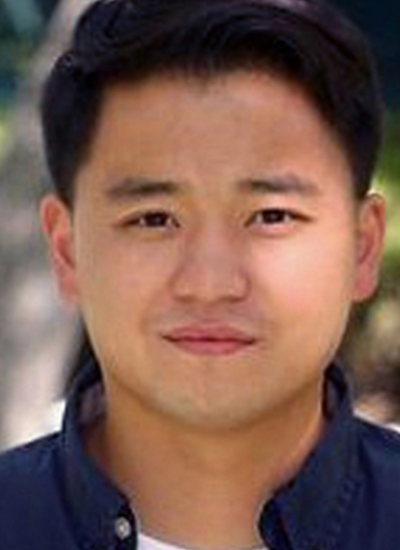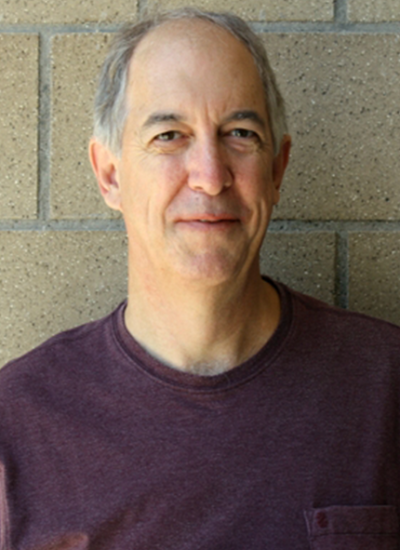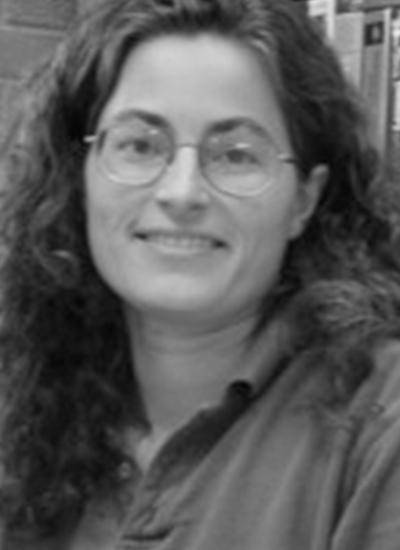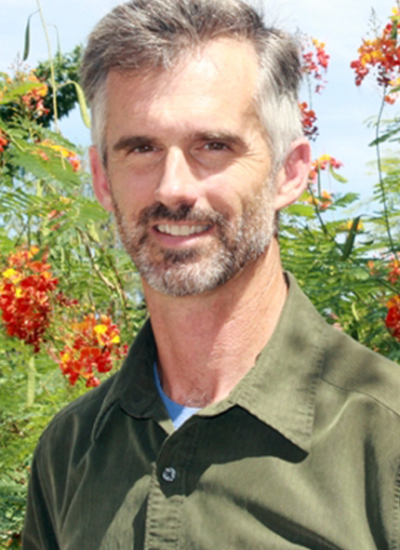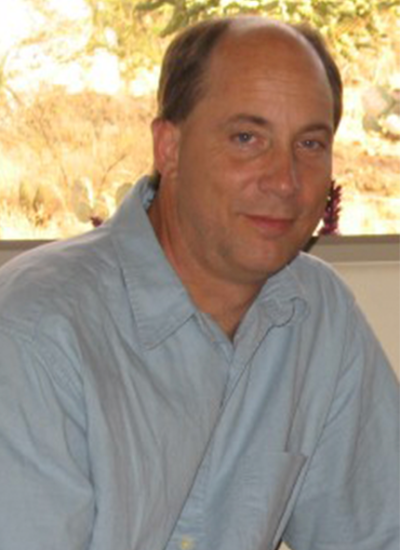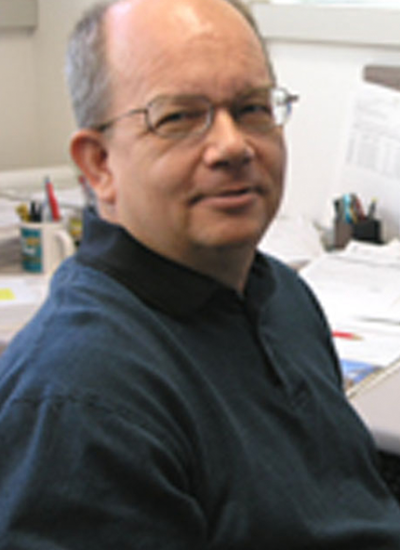Chemistry
Robin Polt
Research Interest
Jeanne E Pemberton
Research Interest
William R Montfort
Work Summary
We investigate how proteins work in healthy organisms and how they fail in disease. We determine the atomic structures of proteins and the underlying biochemistry that gives rise to protein function. We also develop new proteins as drug targets for treating cancer and cardiovascular disease.
Research Interest
Katrina M Miranda
Work Summary
We seek to produce new drugs that harness molecules produced during the natural immune response in order to treat cancer and pain. Such compounds may also provide new treatments for heart failure and alcoholism.
Research Interest
Dominic V Mcgrath
Research Interest
Ronald M Lynch
Work Summary
Precise diagnosis and treatment of disease requires an ability to target agents to specific tissues and cell types within those tissues. We are developing agents that exhibit cell type specificity for these purposes.
Research Interest
Douglas A Loy
Work Summary
Developing safer, more stable sunscreens
Research Interest
Clark Lantz
Work Summary
We are interested in the effects of early life exposures to environmental toxicants on lung growth and development. We determine if the early life exposures leads to adult disease.
Research Interest
Raymond K Kostuk
Work Summary
Research Interest
Pagination
- Previous page
- Page 2
- Next page


